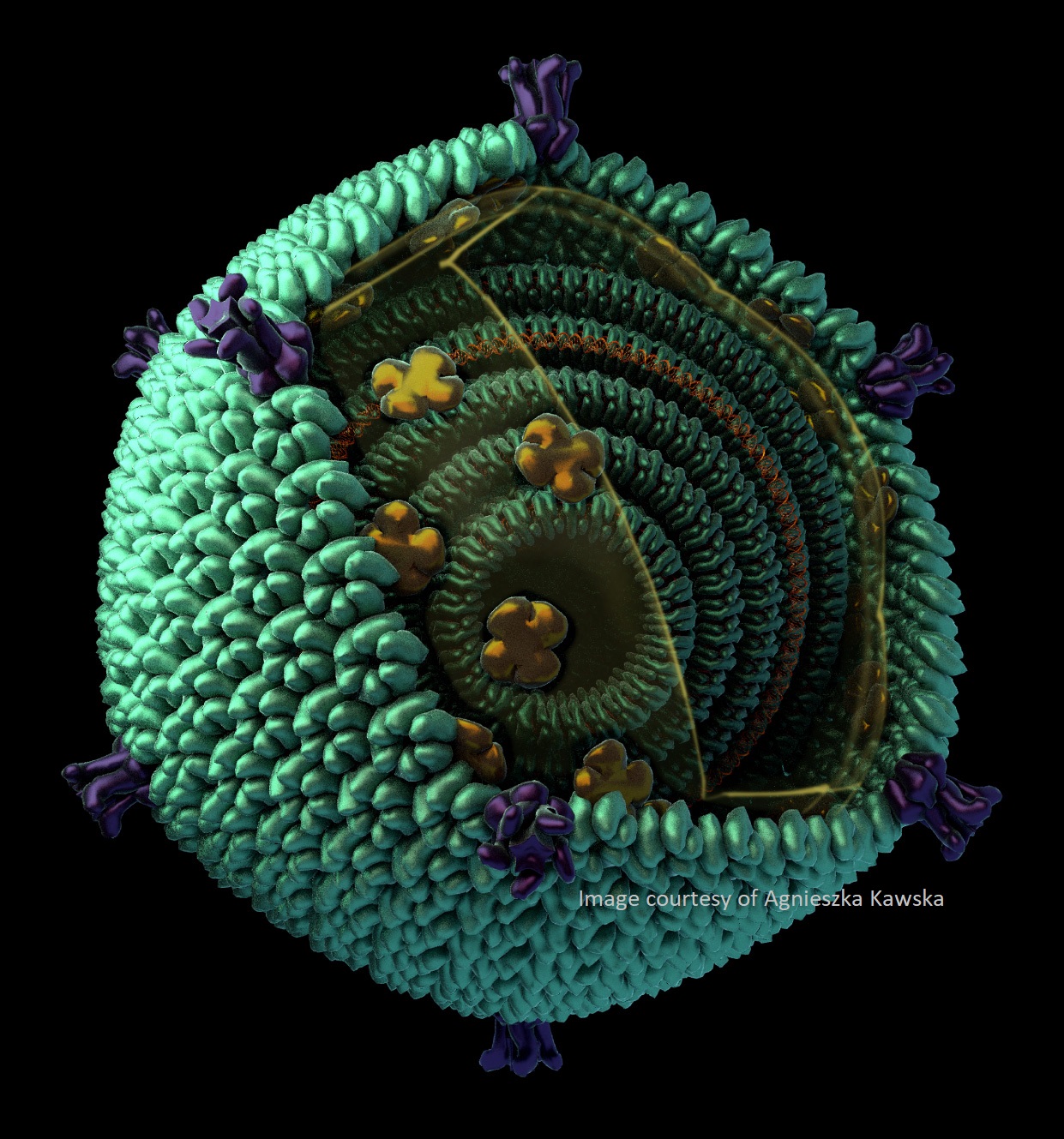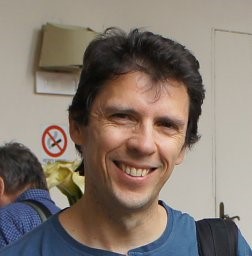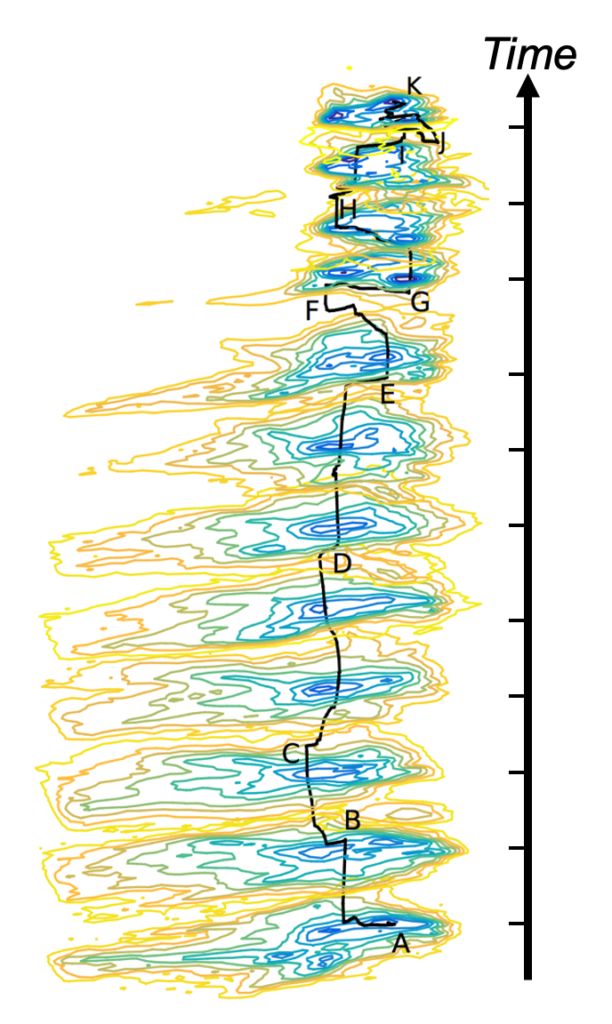
Marc A. Gilles
Postdoctoral Research Associate, Program in Applied & Computational Mathematics, Princeton University
Date and time: Dec 6th, 2023
Wednesday, at 8am PST / 11am EST / 4pm GMT / 5pm CET / 12am China
For the zoom and gather.town links, please join the One World Cryo-EM mailing list.
A Bayesian Framework for Cryo-EM Heterogeneity Analysis using Regularized Covariance Estimation
Proteins and the complexes they form are central to nearly all cellular processes. Their flexibility, expressed through a continuum of states, provides a window into their biological functions. Cryogenic-electron microscopy (cryo-EM) is an ideal tool to study these dynamic states as it captures specimens in non-crystalline conditions and enables high-resolution reconstructions. However, analyzing the heterogeneous distribution of conformations from cryo-EM data is challenging. Current methods face issues such as a lack of explainability, overfitting caused by lack of regularization, and a large number of parameters to tune; problems exacerbated by the lack of proper metrics to evaluate or compare heterogeneous reconstructions. To address these challenges, we present RECOVAR, a white-box method based on principal component analysis (PCA) computed via regularized covariance estimation that can resolve intricate heterogeneity with similar expressive power to neural networks with significantly lower computational demands.













